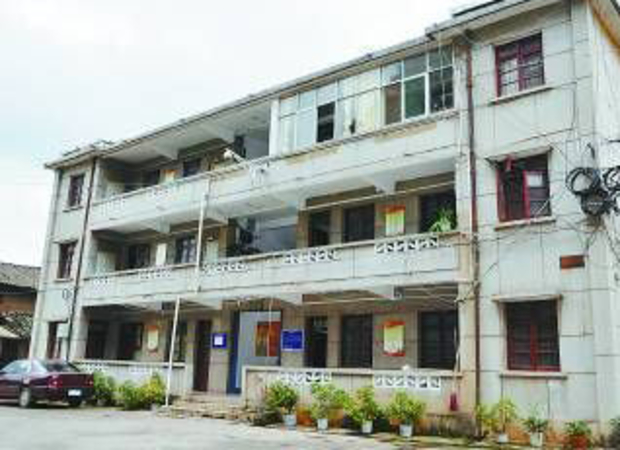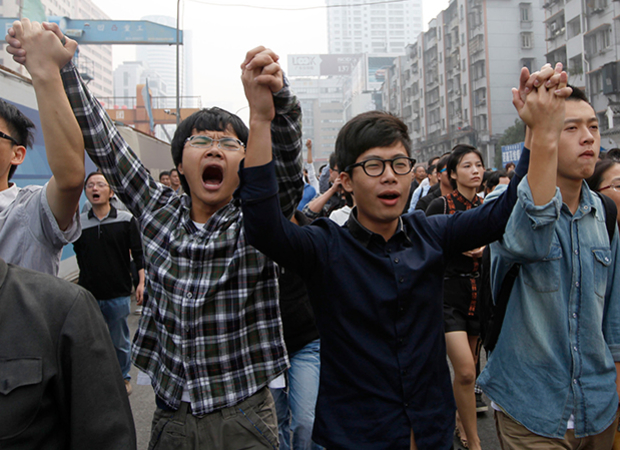China, the American Press, and the State Department
on January 3, 2013
It’s time for the State Department to take up the matter of American reporters in China, and Chinese reporters in America.
It’s time for the State Department to take up the matter of American reporters in China, and Chinese reporters in America.
It is perhaps a sign of the times in China that an image of nothing more than a ramshackle county government building could echo so widely. Since its posting on Sina Weibo, China’s Twitter, hours before New Year’s Eve, the image (see below) has been shared nearly 70,000 times by Web users.
China’s cynical netizens have reason to be moved. The images, posted by user @思想聚焦, purport to show that seemingly rare beast: A well-meaning, conscientious local government.

How about cracking down on Web sites that sell guns and drugs, while leaving be those that traffic in ideas and information?
China is still considering the visa application of a New York Times journalist who the paper says was forced to leave.
Nobel laureate Mo Yan's latest novel to be issued in English, “Pow!,” is a red-toothed fantasia about meat production and meat consumption.
Records of large drug busts involving meth in recent years--an increasingly common occurrence--tend to show a trail that leads back to China.




From their website:
The future is wonderful, the future is terrifying. We should know, we live there. Whether it's on the ground or on the web, Motherboard is traveling the world to uncover the stories that will define what's coming next. New technologies, cultures, and discoveries are constantly reshaping this old planet of ours. And it's happening faster than ever before.
With in-depth blogging, longform reporting, and video journalism, Motherboard investigates the news and events that are already affecting the years to come. We want to help you get your hands on tomorrow. Beyond that, we strive to bring our audience an honest portrait of the futures we're racing towards.
China’s urban residents (or the new “middle class”) protest on the streets only very rarely. Discontent is expressed almost exclusively online, via angry typing. But this has changed over the last five years—protests have come offline and on to the streets.
